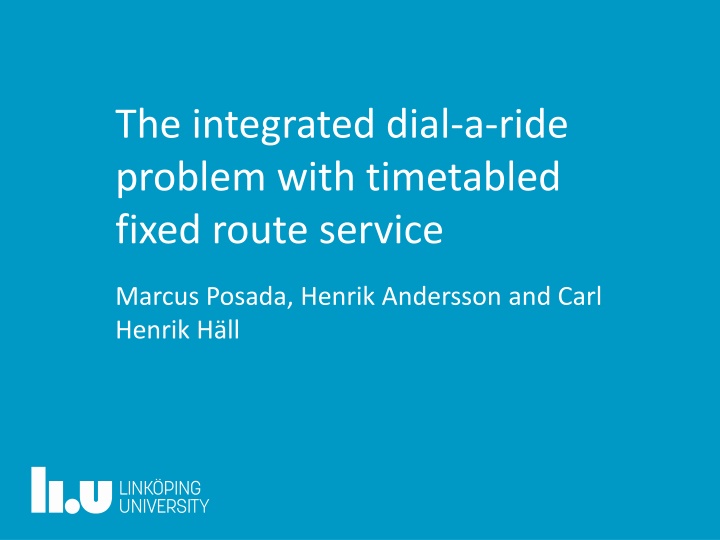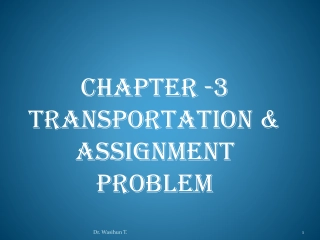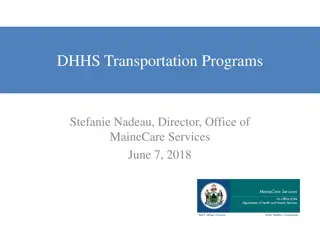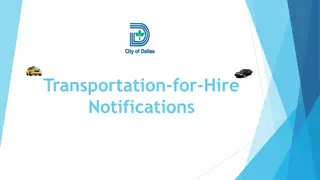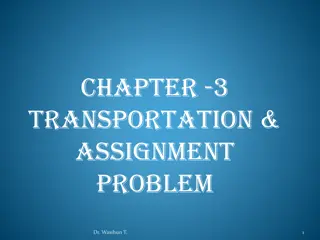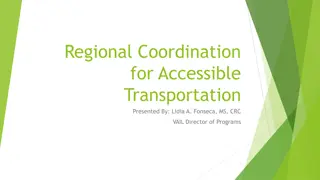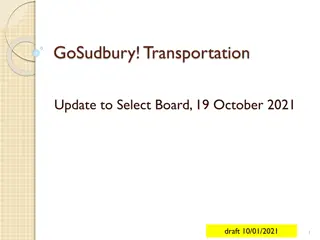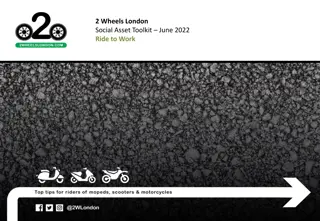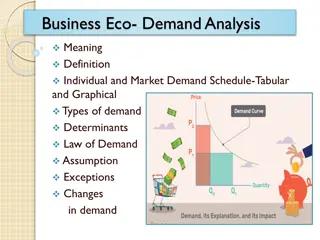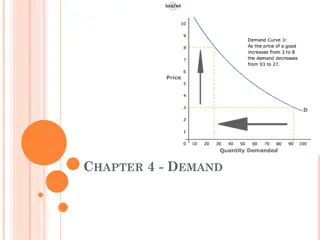The Integrated Dial-a-Ride Problem: Demand-Responsive Transportation
Demand-responsive door-to-door transportation for the elderly and disabled is addressed by the Integrated Dial-a-Ride Problem (IDARP), building upon the Dial-a-Ride Problem. This study by Marcus Posada, Henrik Andersson, and Carl Henrik Häll focuses on extensions, generalizations, and structural changes aimed at improving efficiency and reducing network complexity. Generalizations and extensions related to timetables, travel times, fleet costs, and capacities are explored. Evaluations include alternative nodal structures, binary variables, computational times, memory usage, and conclude that modeling choices significantly impact problem solvability. The summary emphasizes the need for practical problem-solving approaches due to the complexity of real-world scenarios.
Download Presentation

Please find below an Image/Link to download the presentation.
The content on the website is provided AS IS for your information and personal use only. It may not be sold, licensed, or shared on other websites without obtaining consent from the author.If you encounter any issues during the download, it is possible that the publisher has removed the file from their server.
You are allowed to download the files provided on this website for personal or commercial use, subject to the condition that they are used lawfully. All files are the property of their respective owners.
The content on the website is provided AS IS for your information and personal use only. It may not be sold, licensed, or shared on other websites without obtaining consent from the author.
E N D
Presentation Transcript
The integrated dial-a-ride problem with timetabled fixed route service Marcus Posada, Henrik Andersson and Carl Henrik H ll
The Integrated Dial-a-Ride Problem Demand responsive door-to-door transportation for the elderly and/or disabled The IDARP is an extension of the DARP
Contributions Two main parts: 1) extensions and generalization of the model in H ll et al 2009. 2) changes to the model structure in order to reduce network size and solving time.
Generalizations and extensions Timetables impacts travel times and triangle inequalities Inhomogeneous vehicle fleet costs, (travel times) and capacities Relaxation of pick-up/drop-off constraints for special cases
Summary and Conclusions The IDARP is extended to describe real world scenarios better Two different nodal structures for the transfer points are presented Modeling choices greatly influence the solvability of the problem It is still not reasonable to solve the IDARP to optimality
Possible future research Exact solutions: stronger valid inequalities, branching techniques, column generation. Inexact solution methods: develop a heuristic solver. Handle dynamic problem instances. Evaluate the effects of introducing an integrated demand responsive system.
Marcus Posada, Henrik Andersson and Carl Henrik H ll www.liu.se
